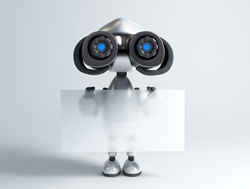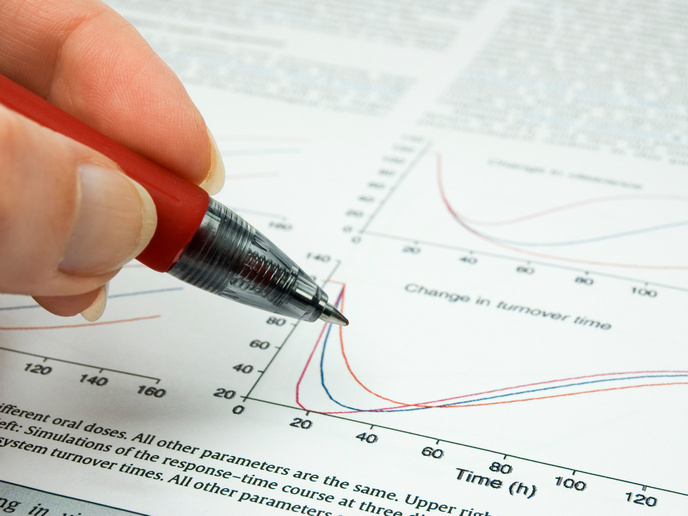The ultimate robot comes to life
In coming decades, human-like robots may be a valid part of the future, assisting in many tasks and services. Studies by the United Nations Economic Commission for Europe (UNECE) and the Japan Robot Association (JARA) indicate that robotics may indeed become a major industry worldwide. While robots can now undertake repetitive, well-defined tasks, future humanoid robots will set the stage for more advanced technology that can be integrated in industrial manipulator robots. The EU-funded 'Flexible behaviours for humanoid robots and digital humans' (Flexiblerobotbehav) project is developing walking humanoid robots and digital humans. The project is enhancing the algorithms and laws of existing humanoid robots to obtain versatile walking behaviour. The end product must be safe enough for tasks such as manipulation, vision, teleoperation and interaction with humans. Such advances allow more autonomous robots to undertake increasingly complex interactions with less controlled environments, a concept known as service robotics. Before this technology can progress significantly, numerous complex scientific and technical problems must be addressed: actuation, sensor technology, vision, mechanical design, control theory and computer science. Already, Flexiblerobotbehav has designed a robot featuring full walking motion generation, which decides automatically when and where to make a step. It has also connected the robot's walking motion generation directly with vision processes, orchestrating the locomotion of the robot directly from its vision of the environment. In addition, the project team has begun experimenting on interaction with humans and has proposed technology that allows the robot to decipher the locomotion of a human and even predict it one step ahead of time. With respect to complex tasks and required software, the project team has extended and upgraded the classical algorithms introduced 20 years ago for kinematic control of redundant robotic movement. These new advances allow the robot to avoid obstacles more efficiently and extremely quickly. The advances bode well for highly automated robots that hopefully a few years down the line will be able to assist us in a number of tasks, industries and services.







